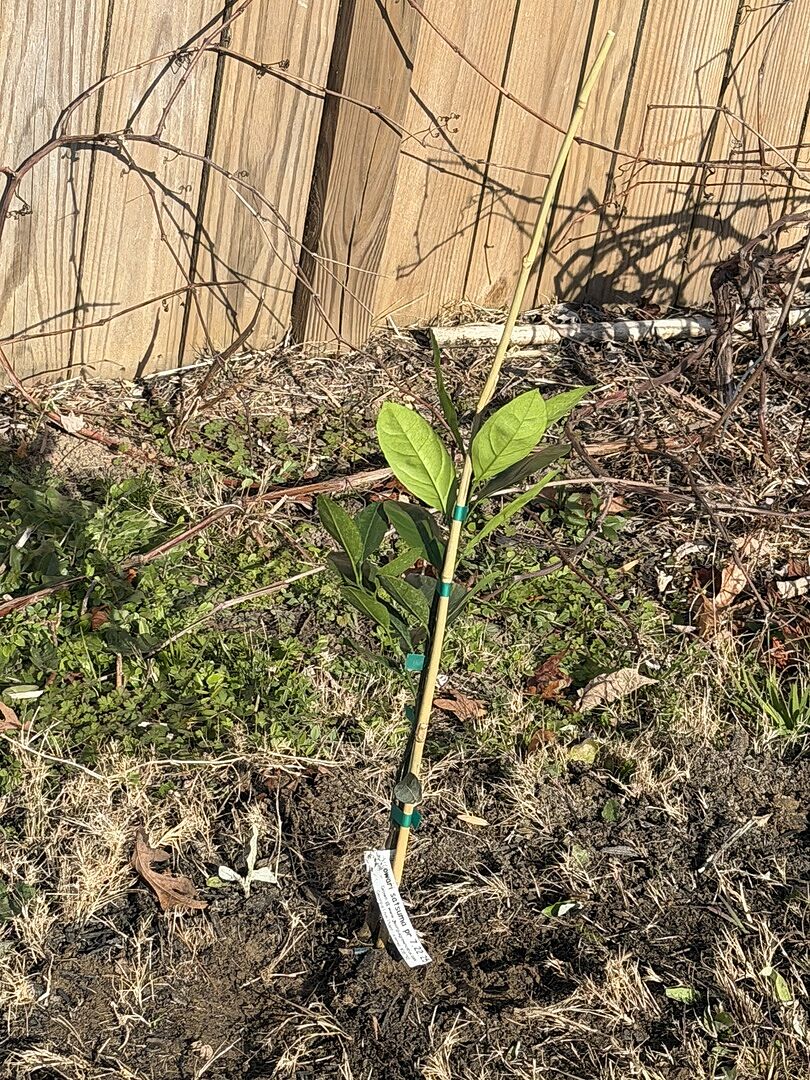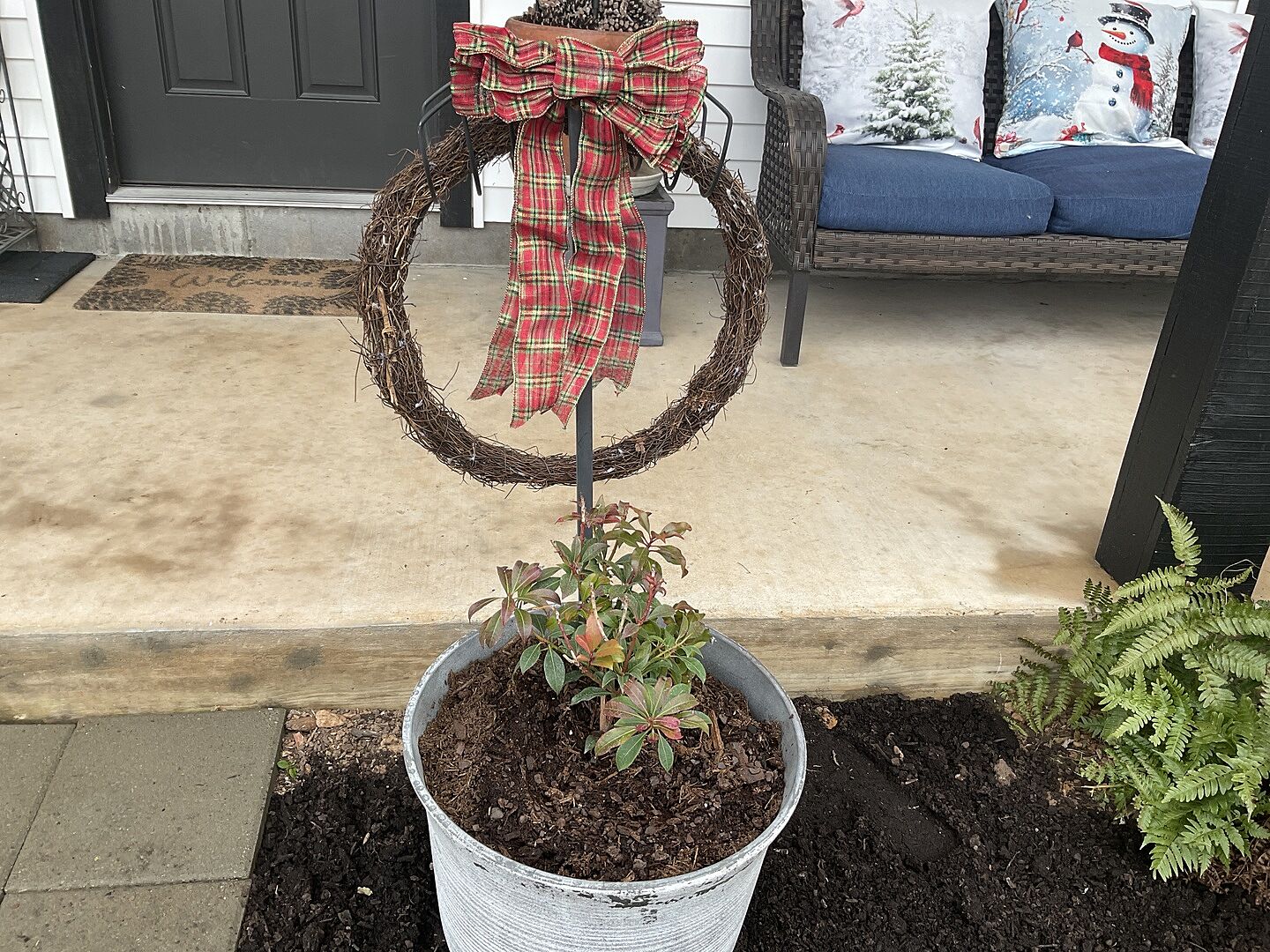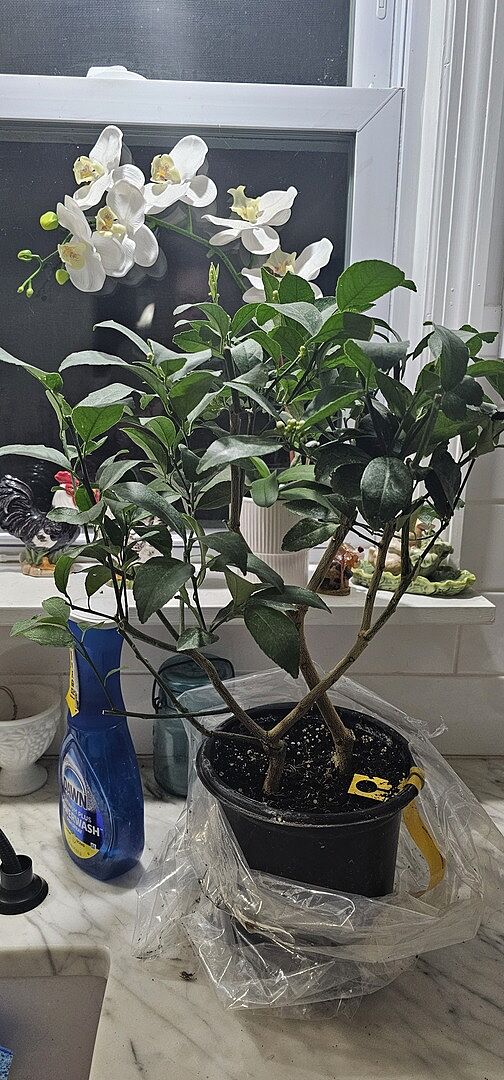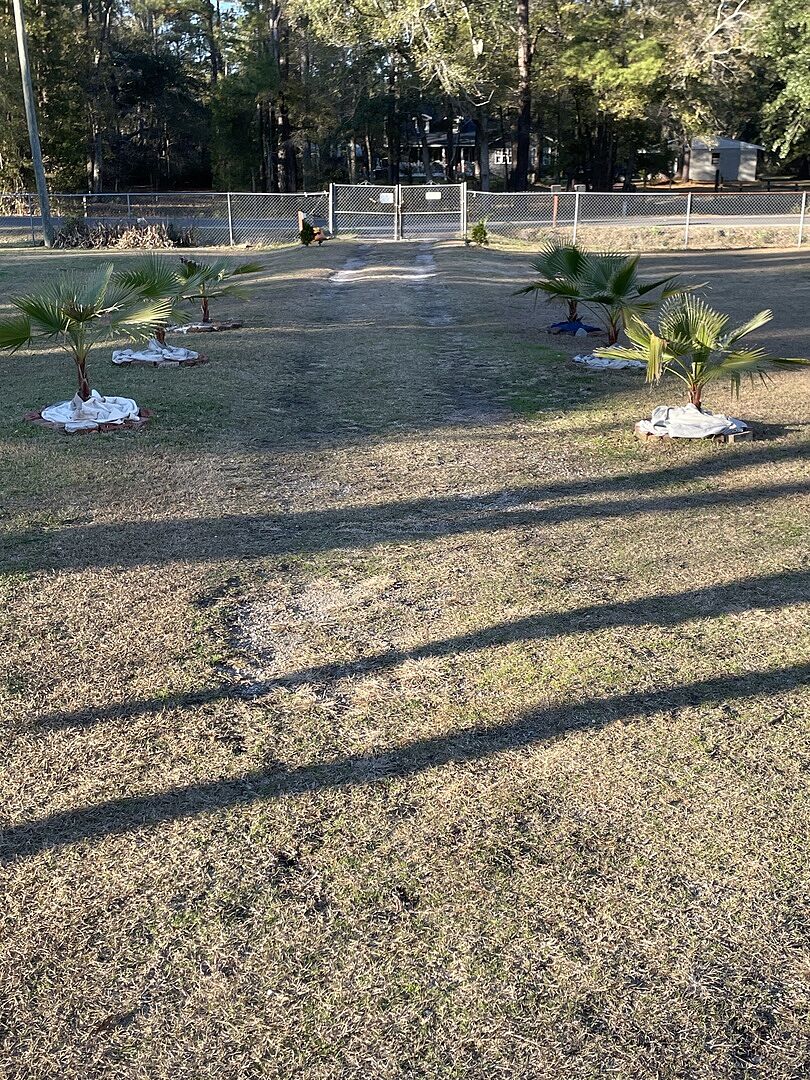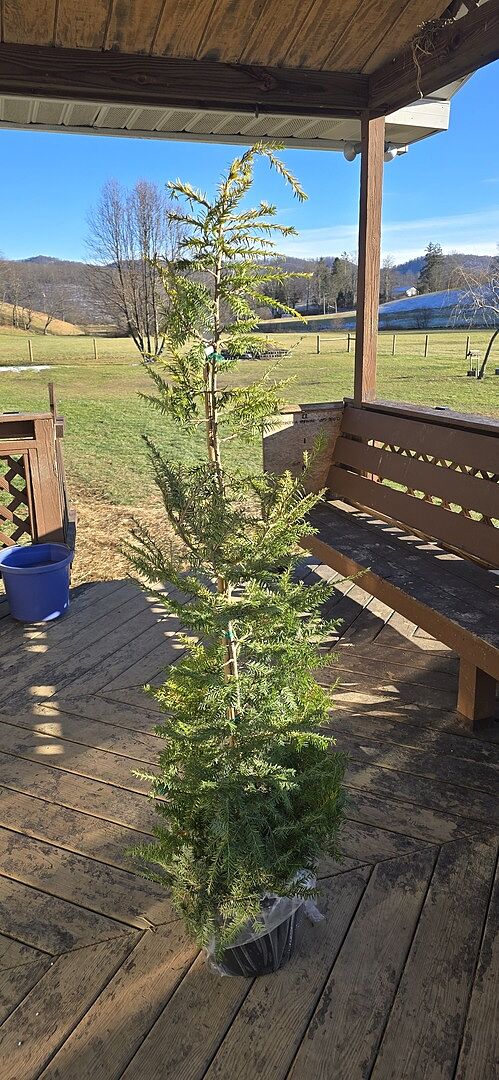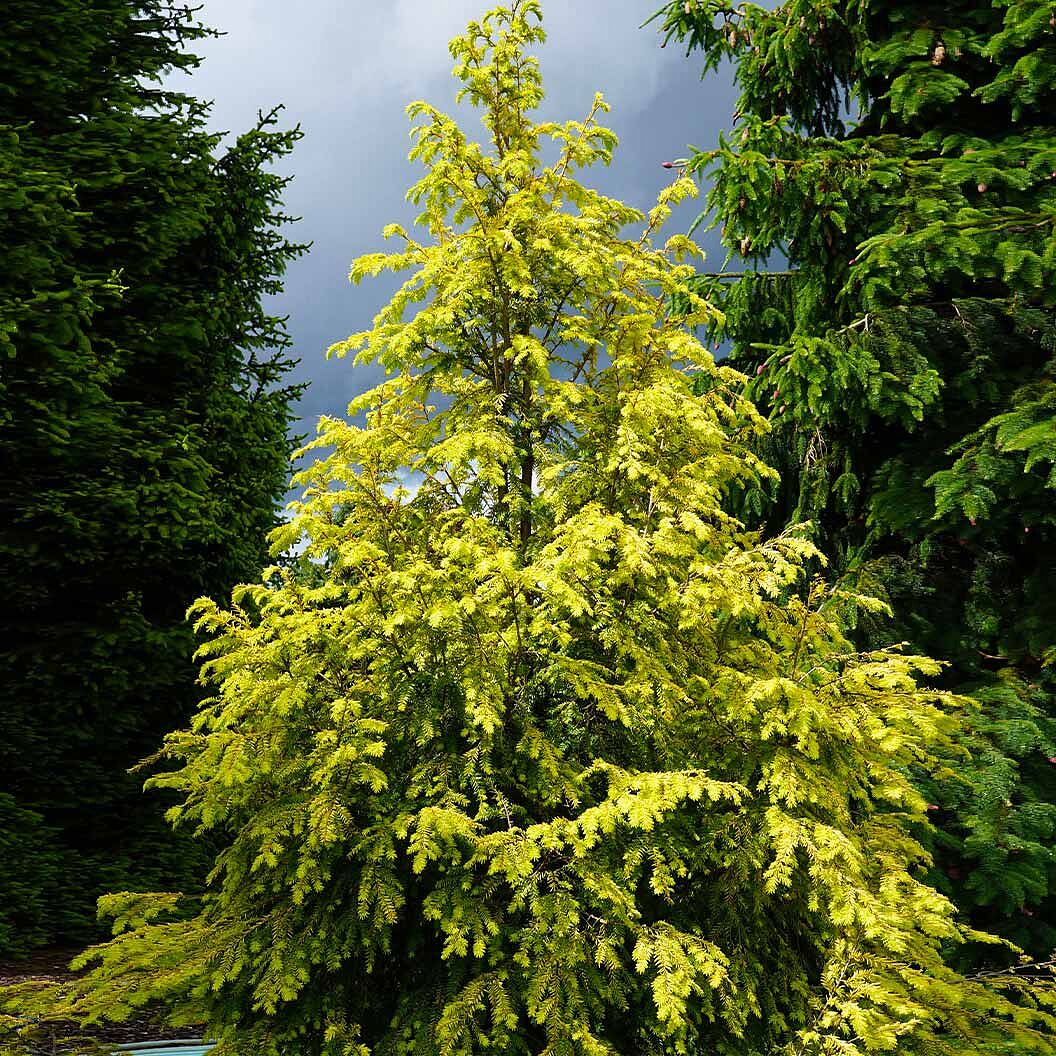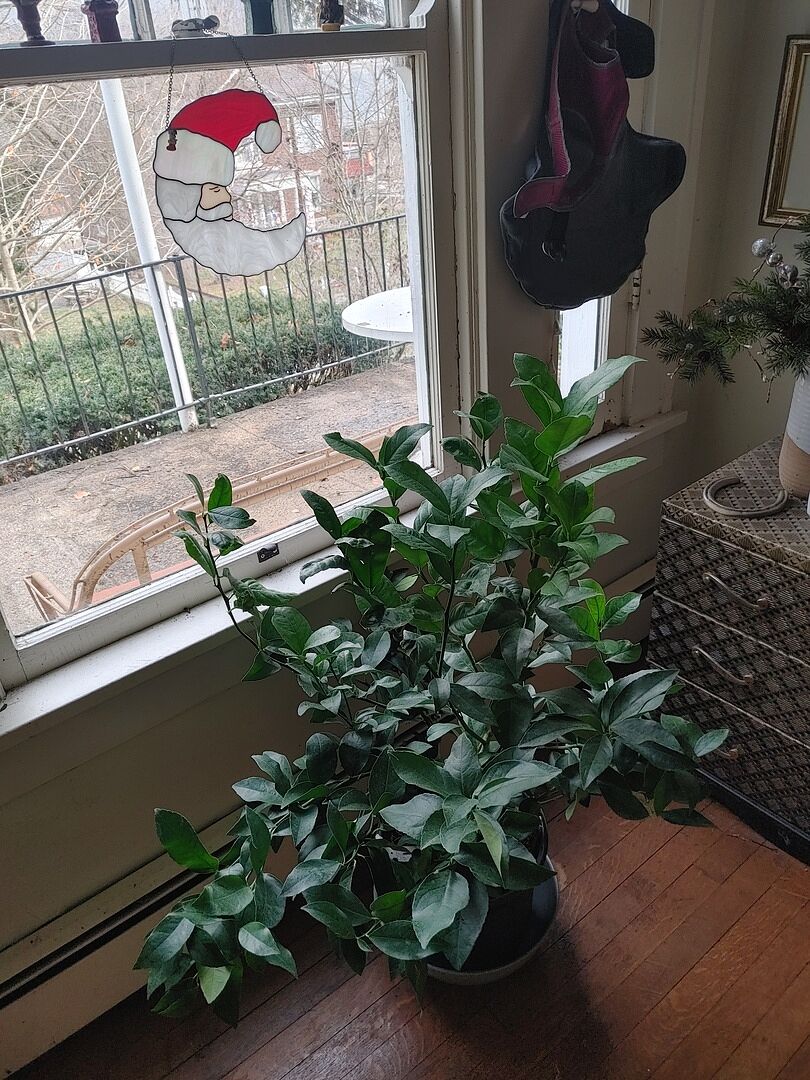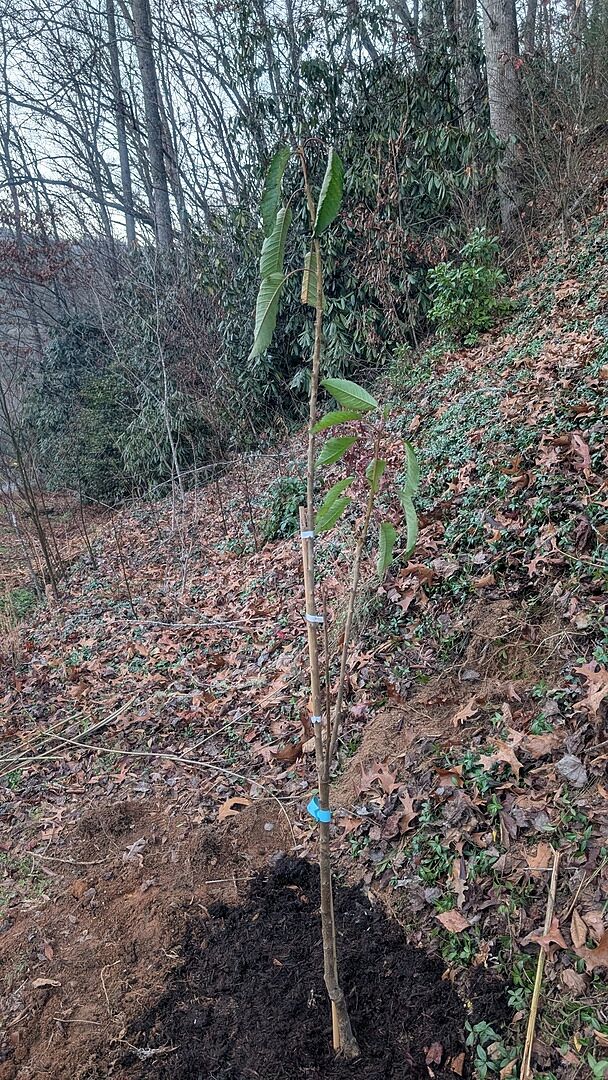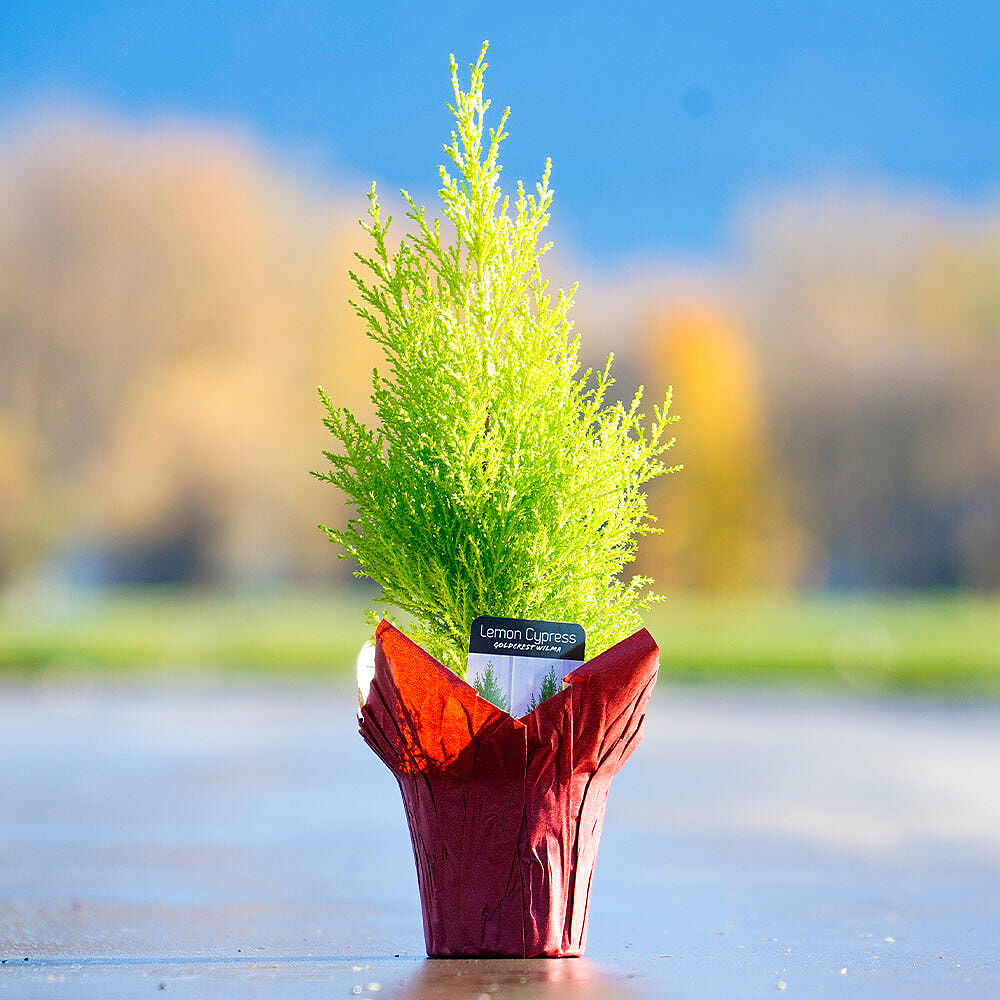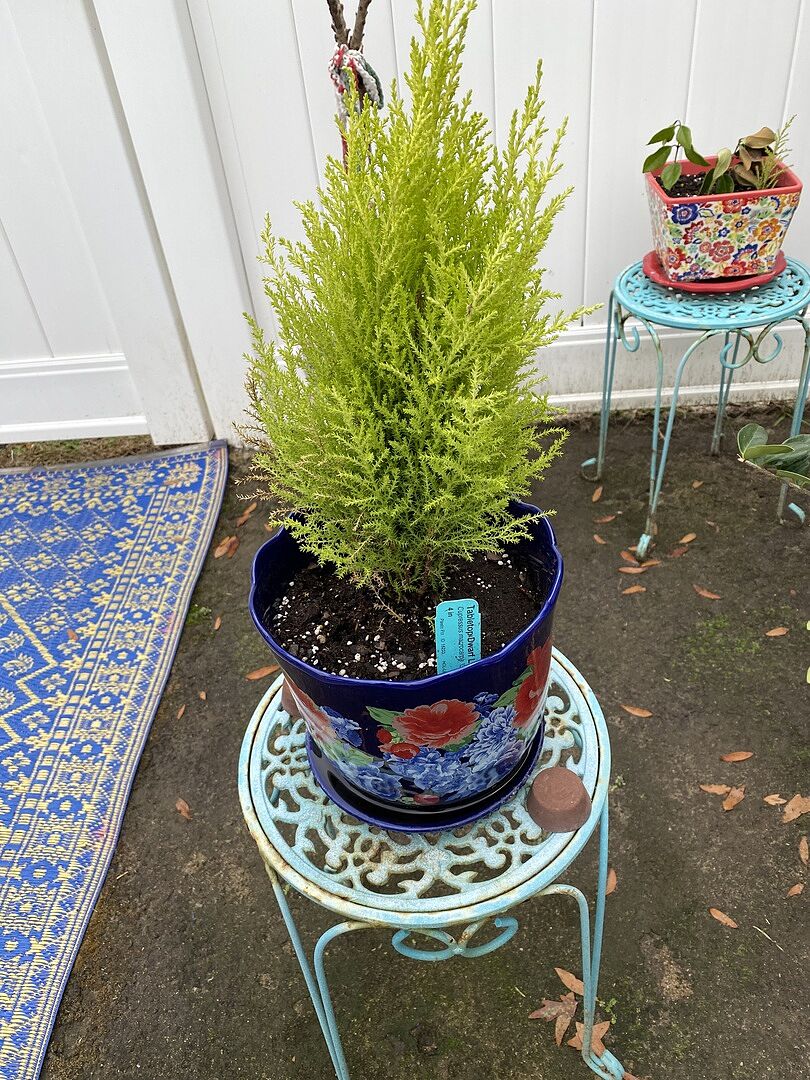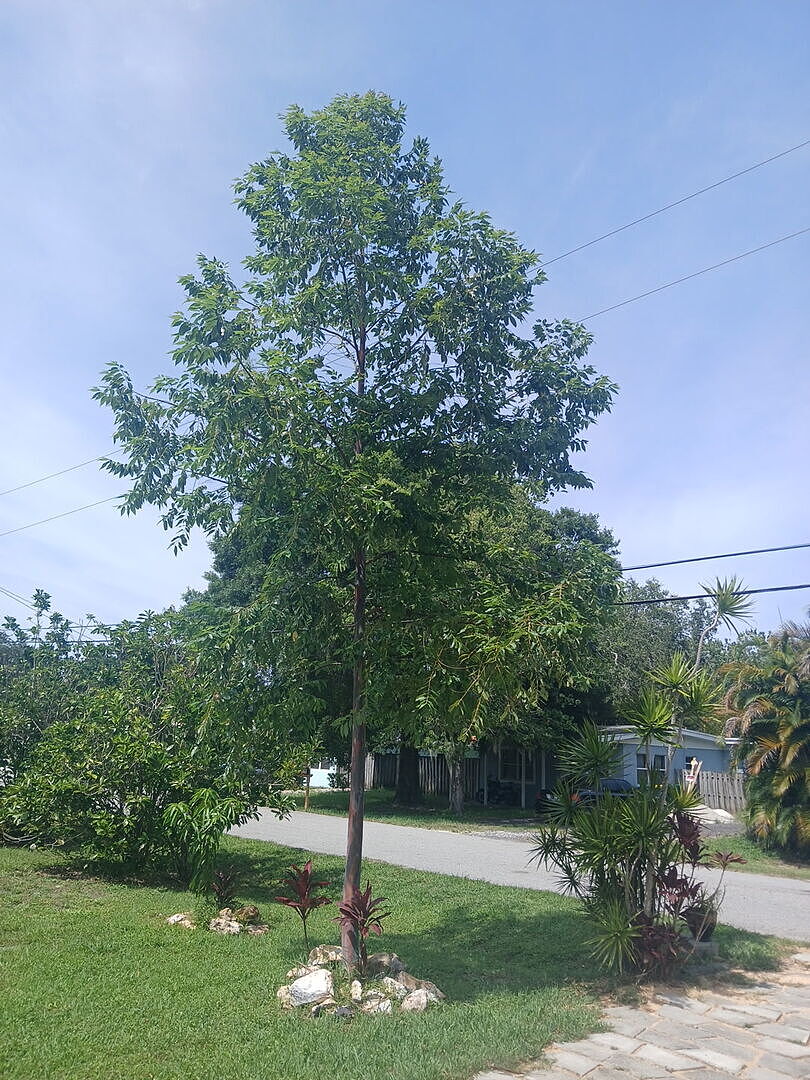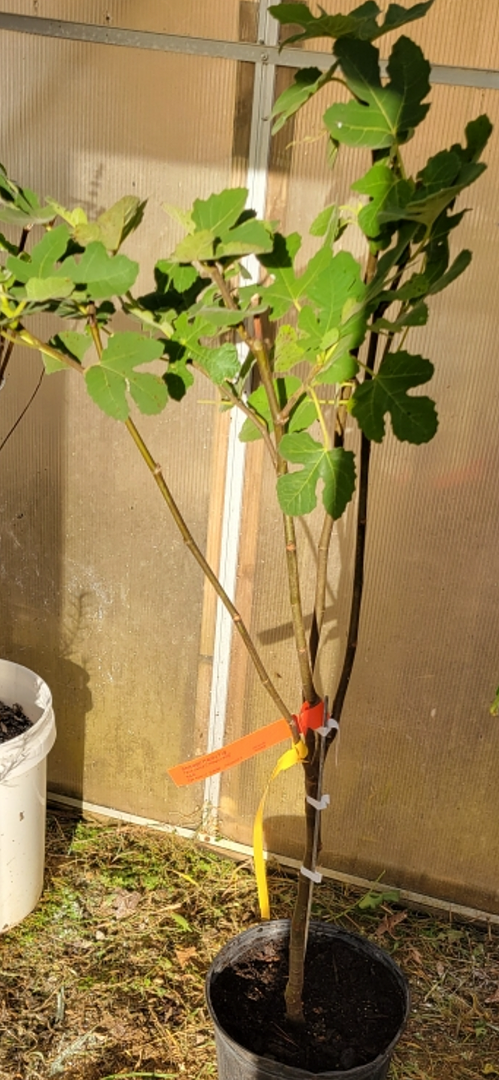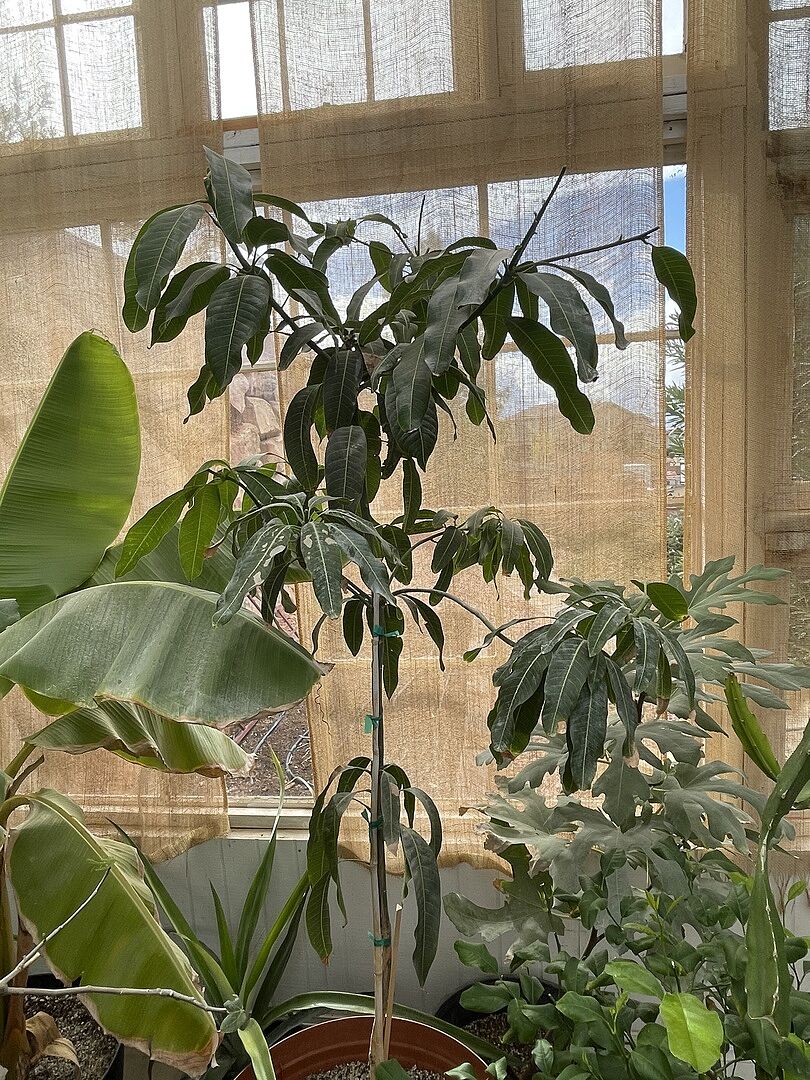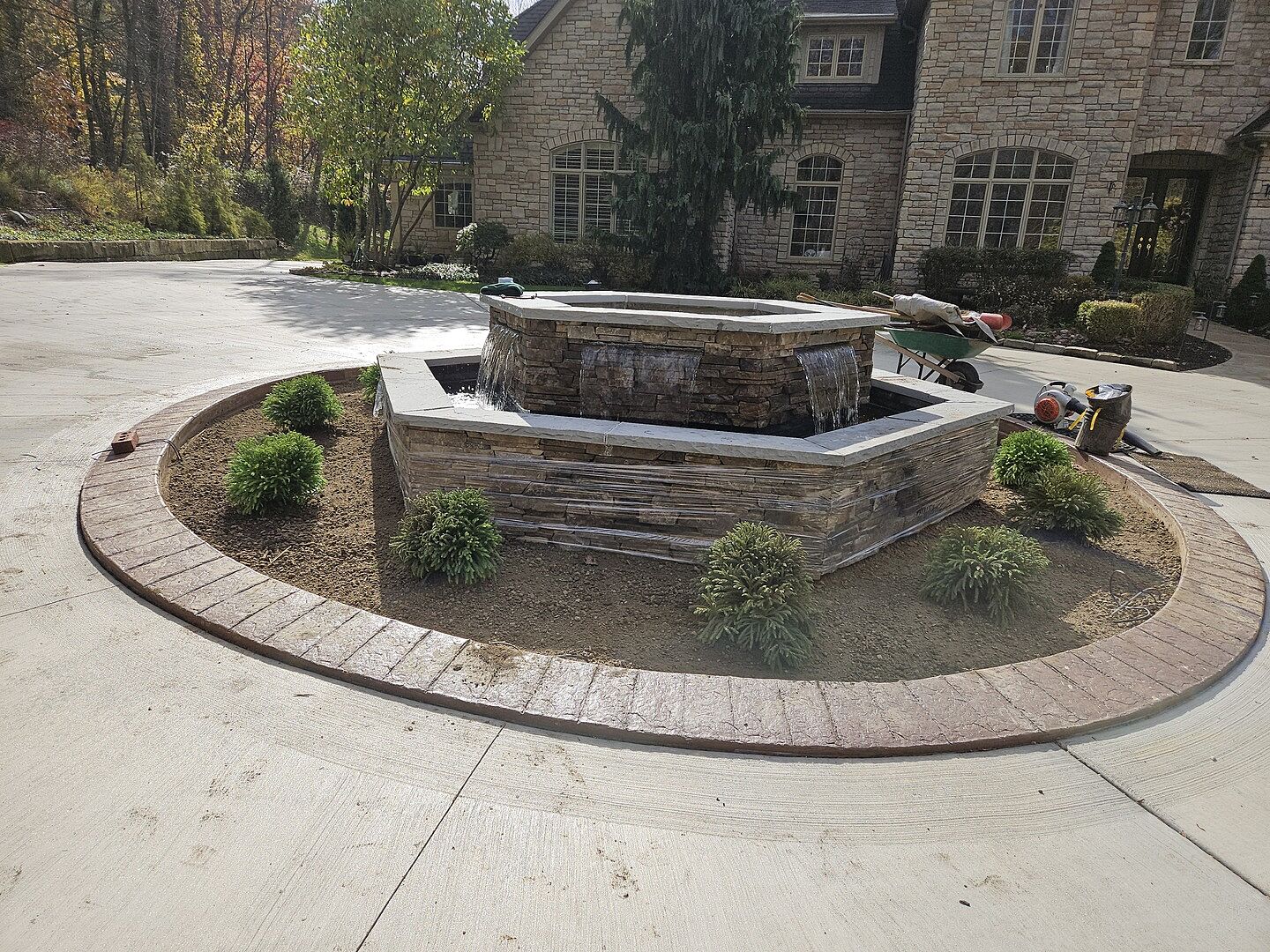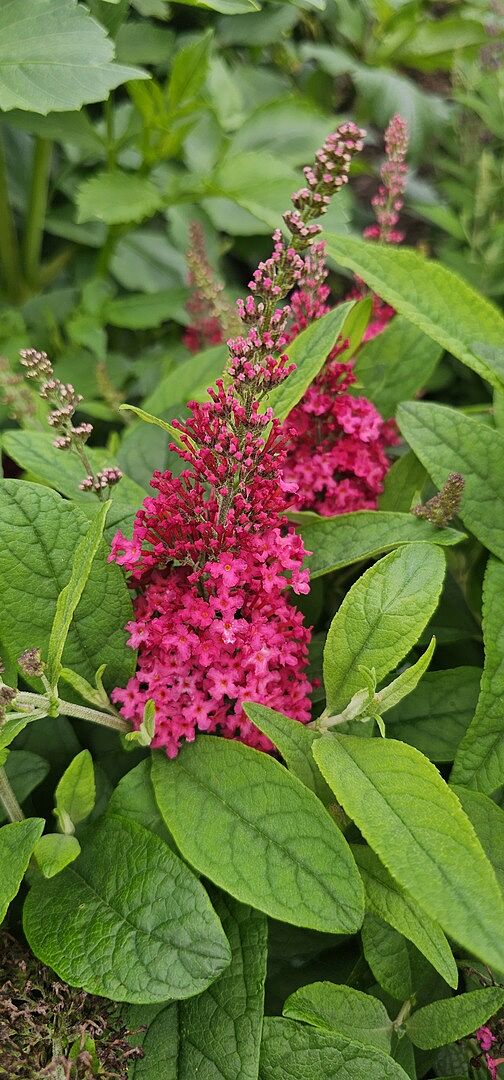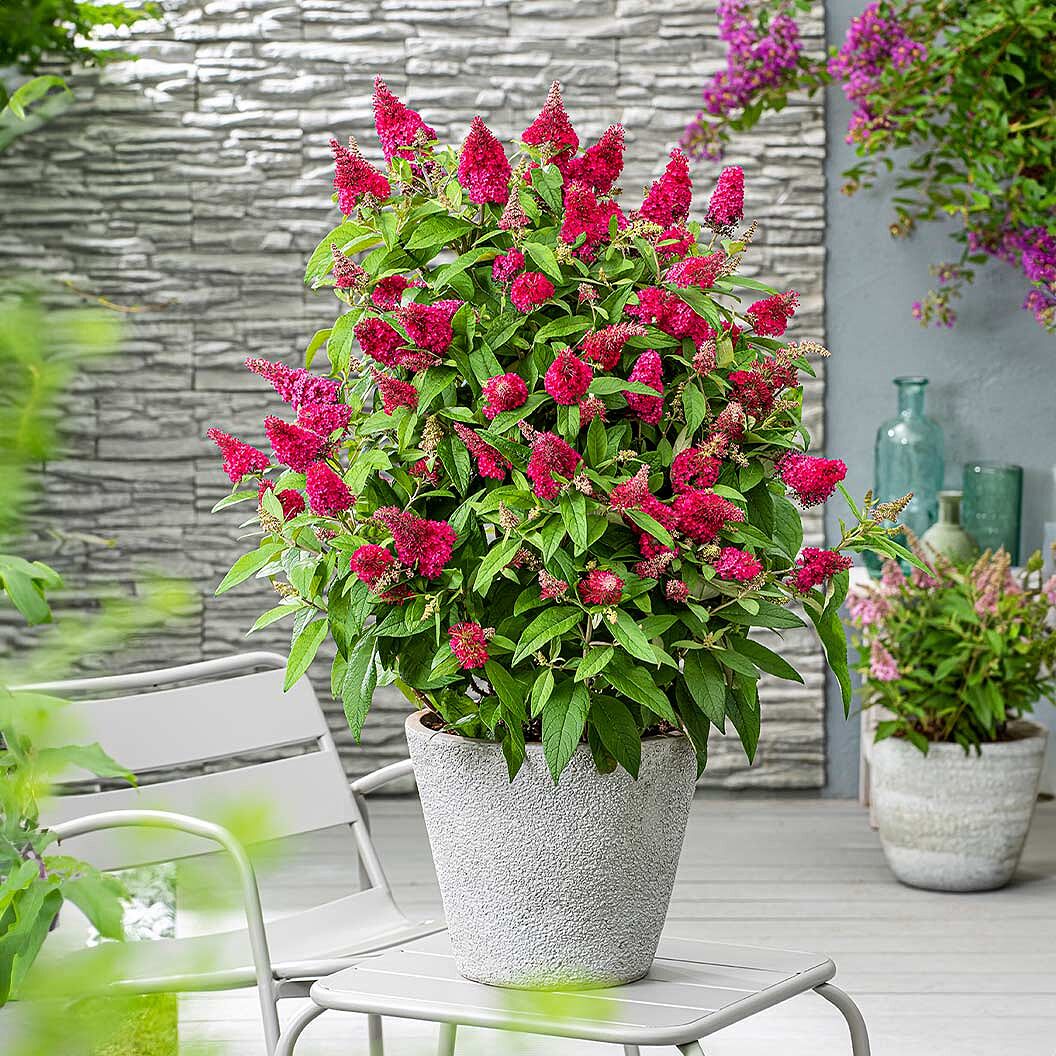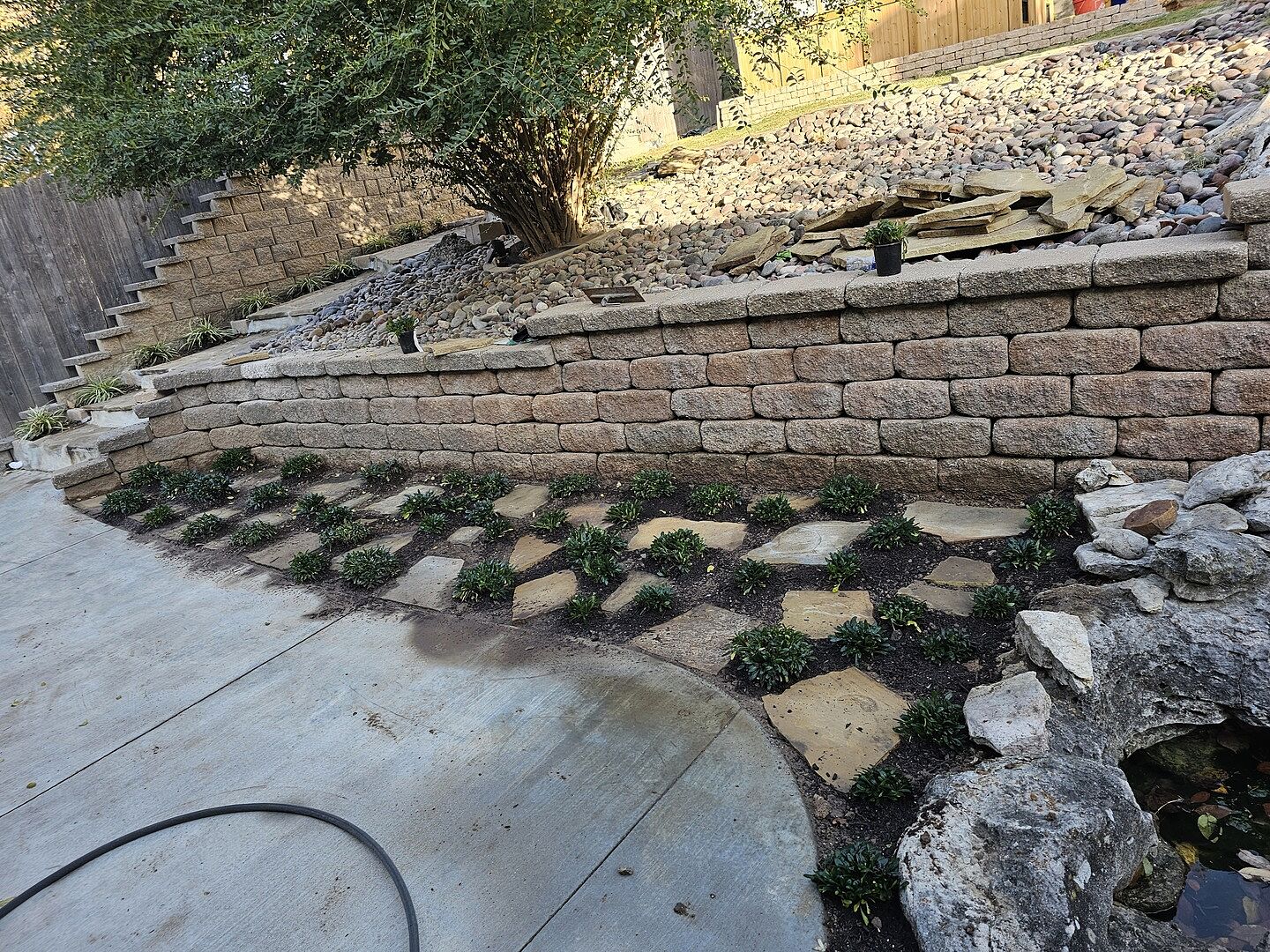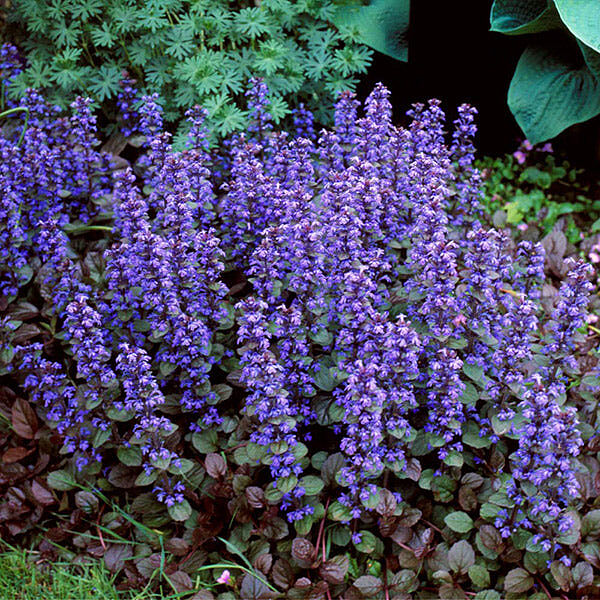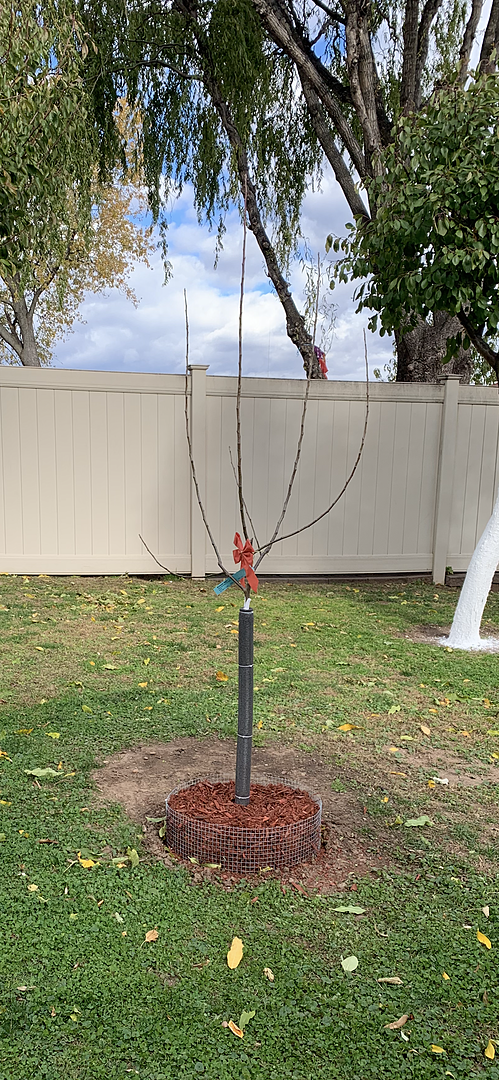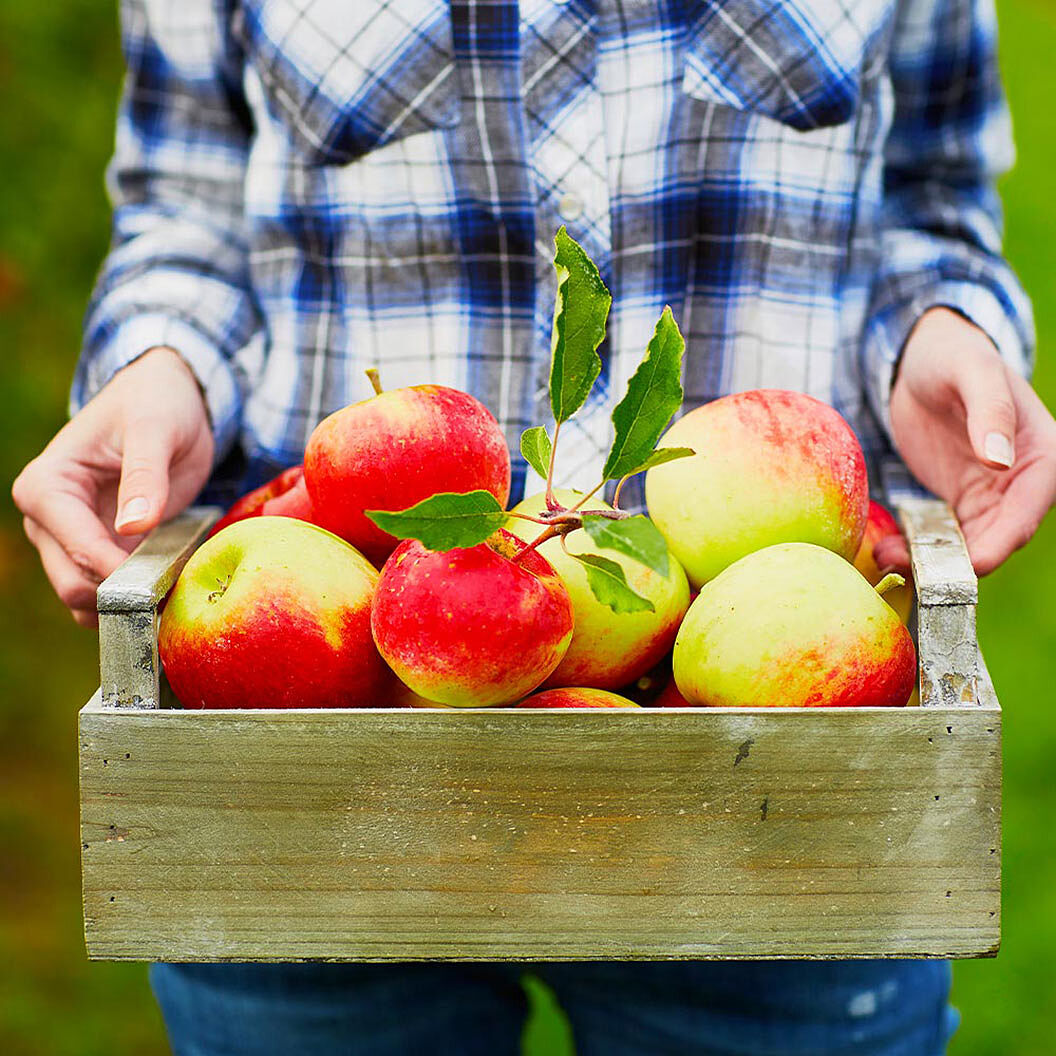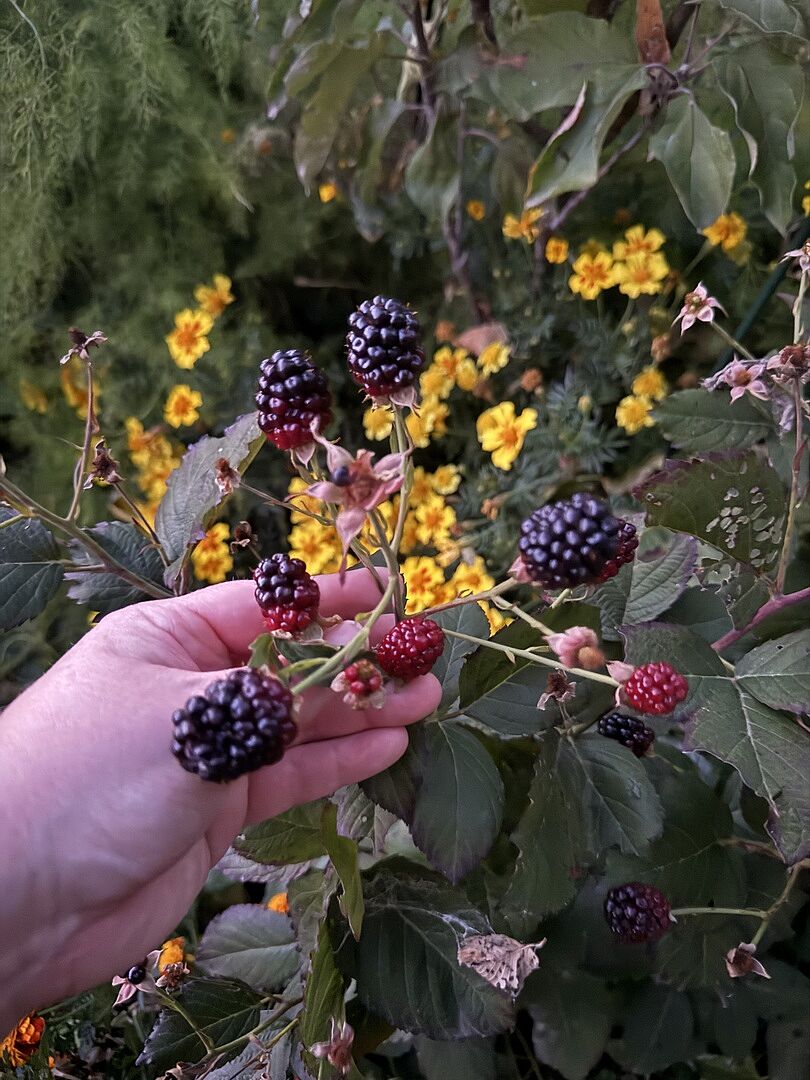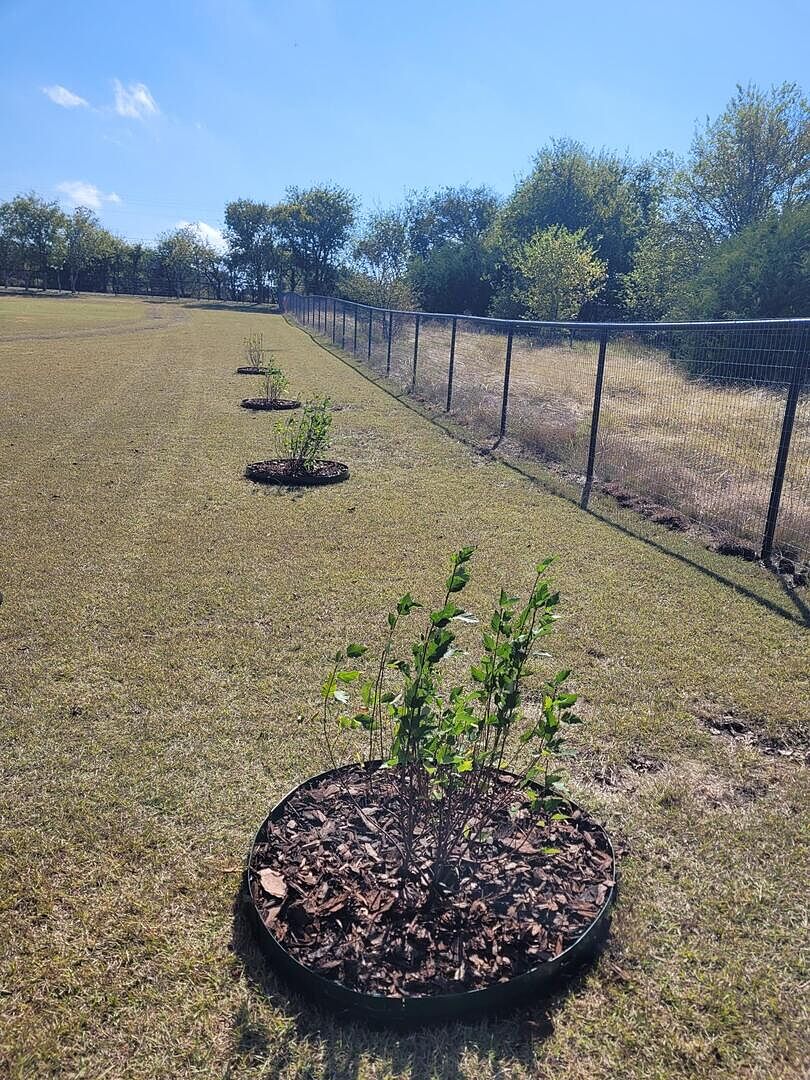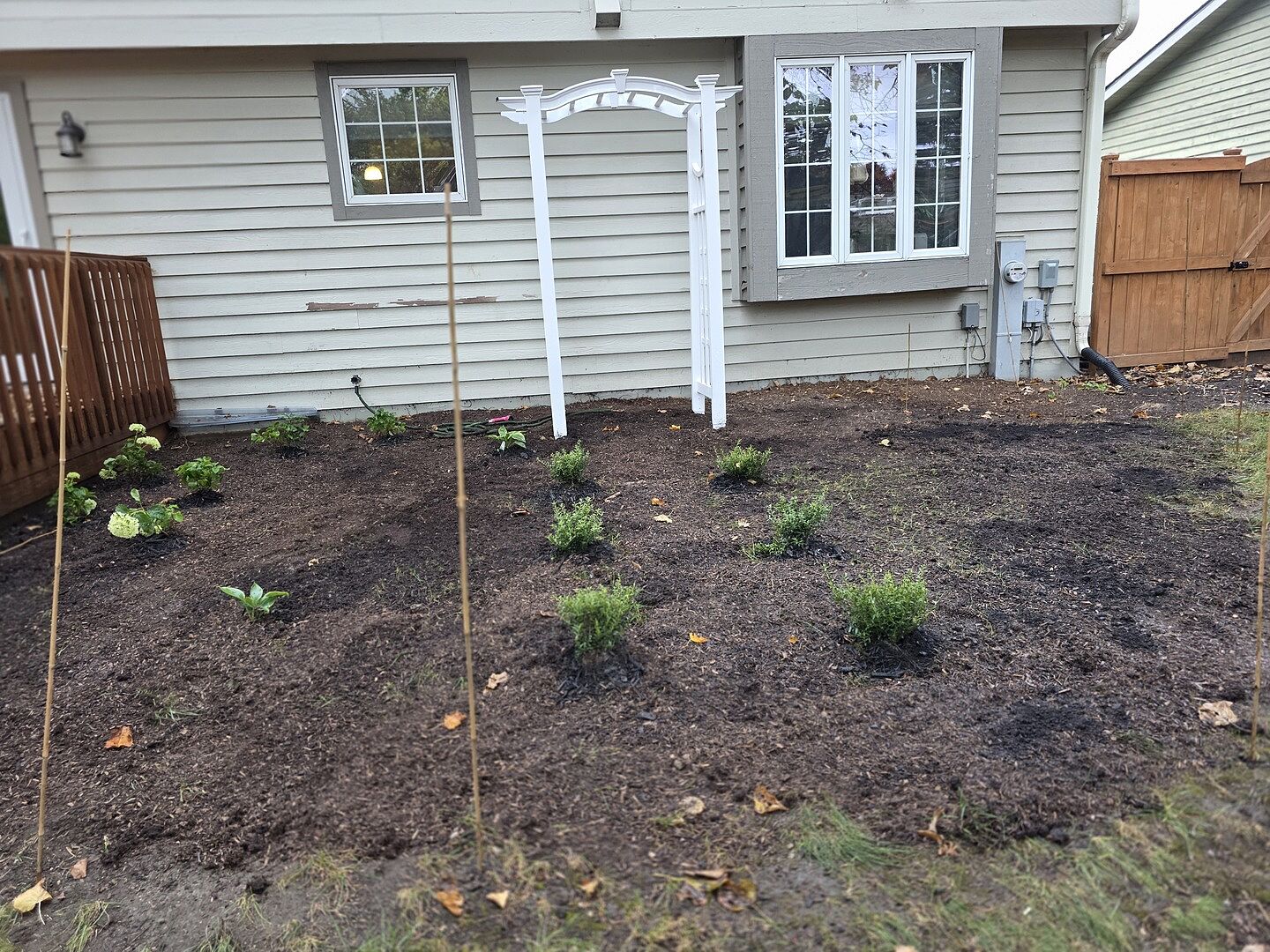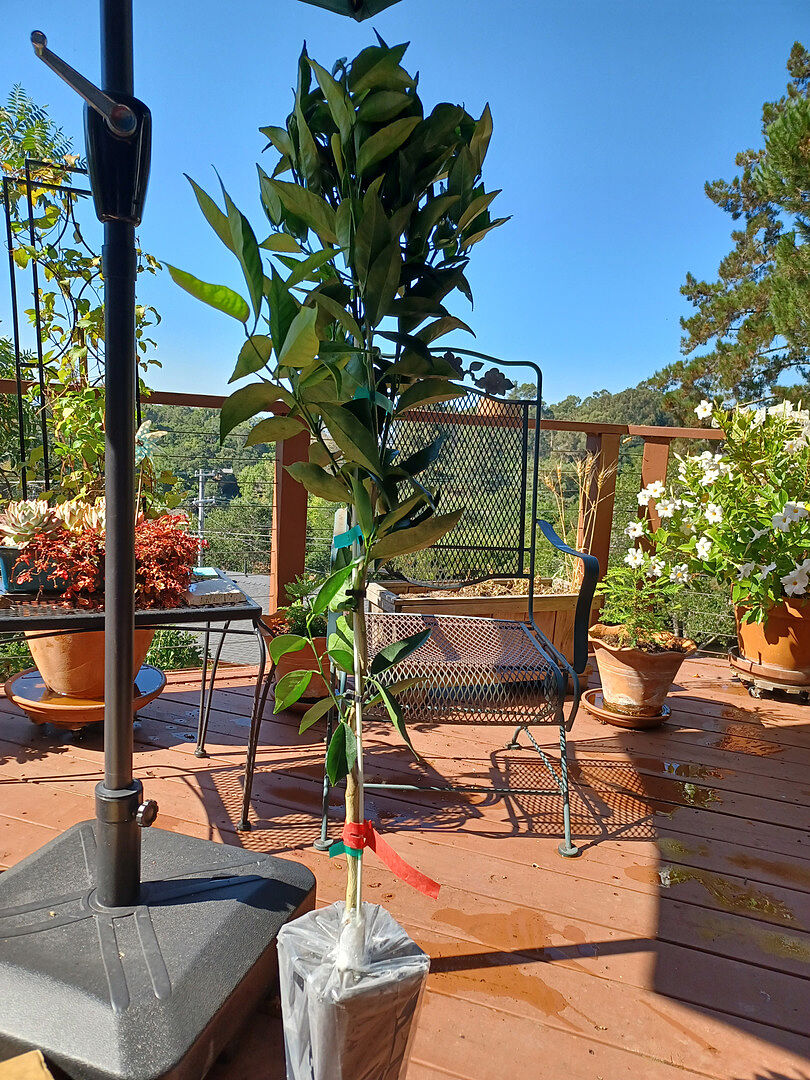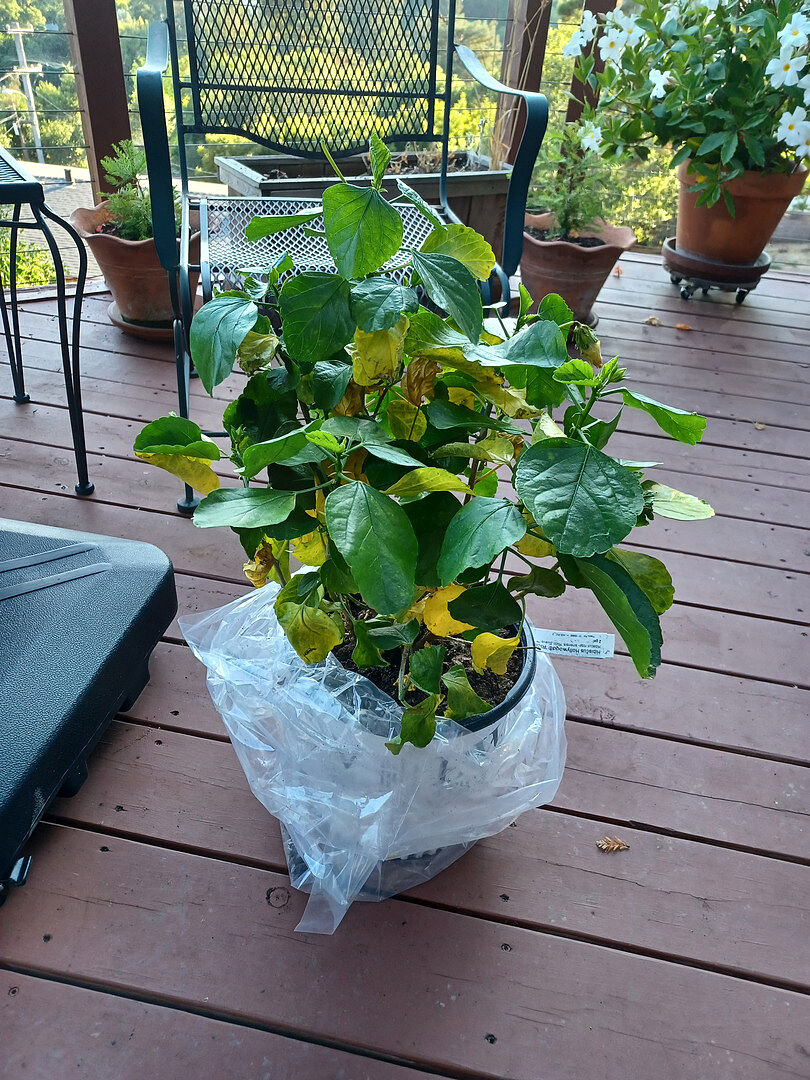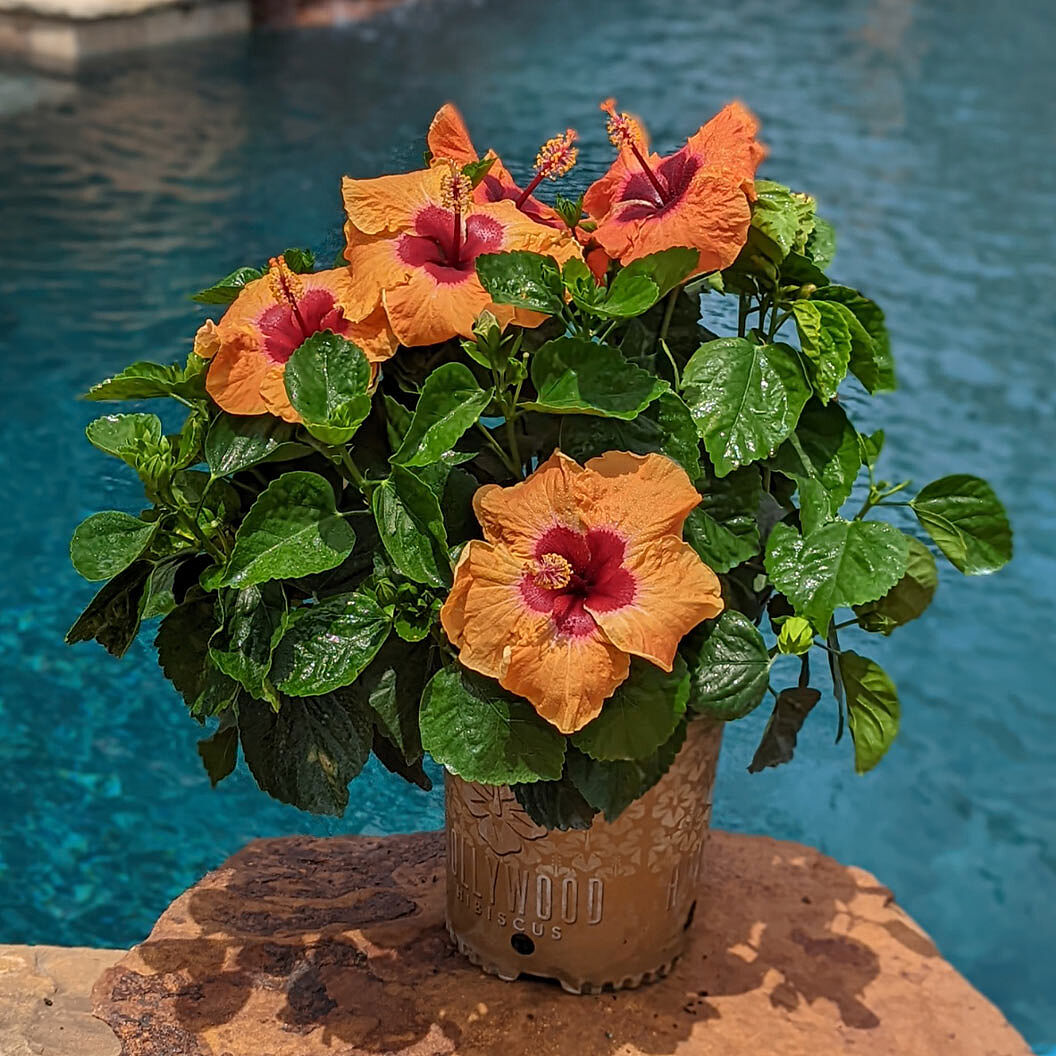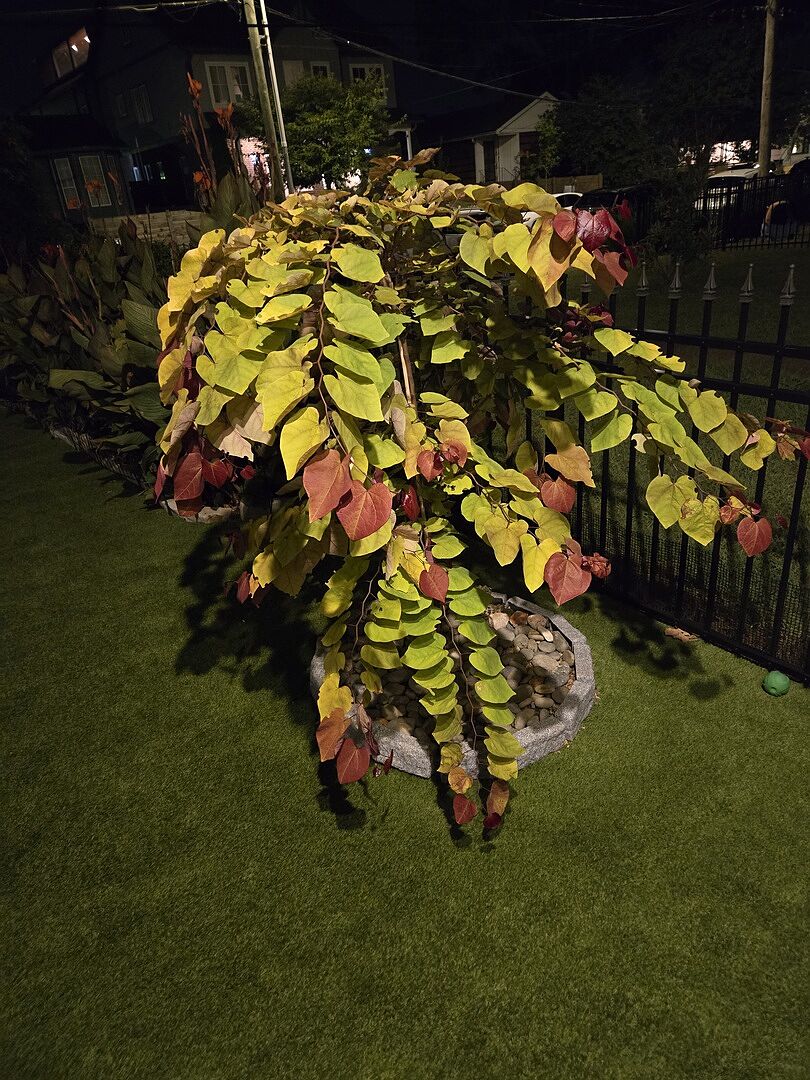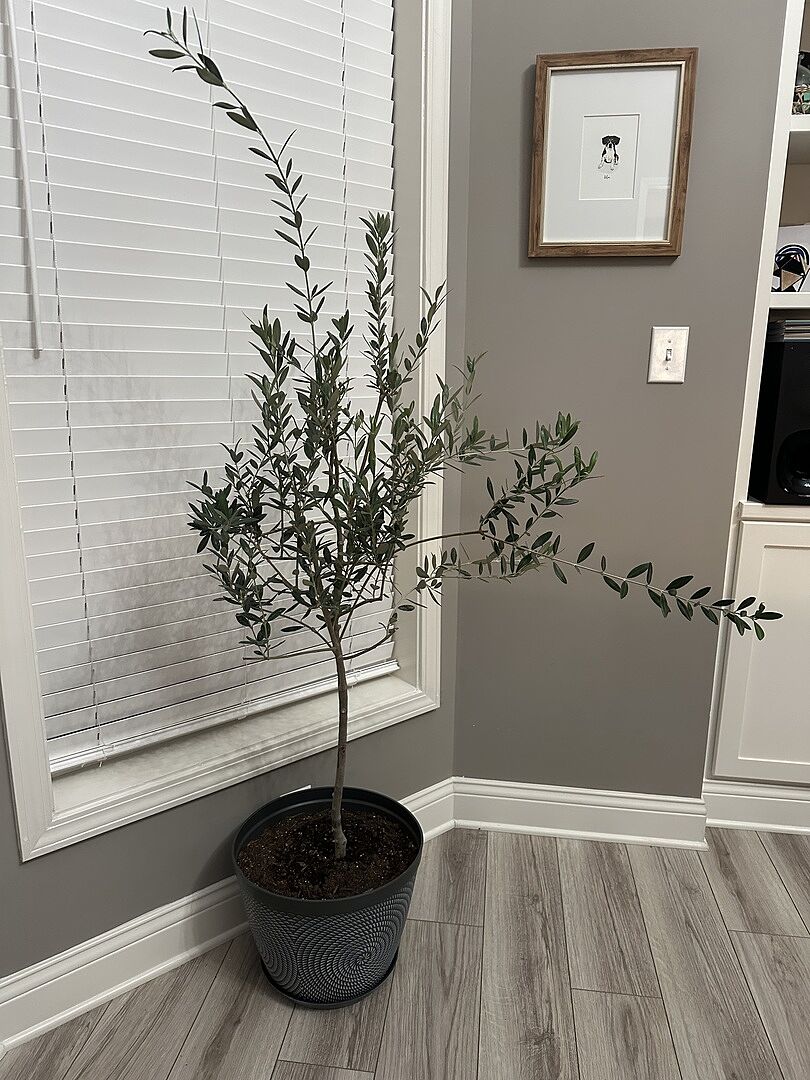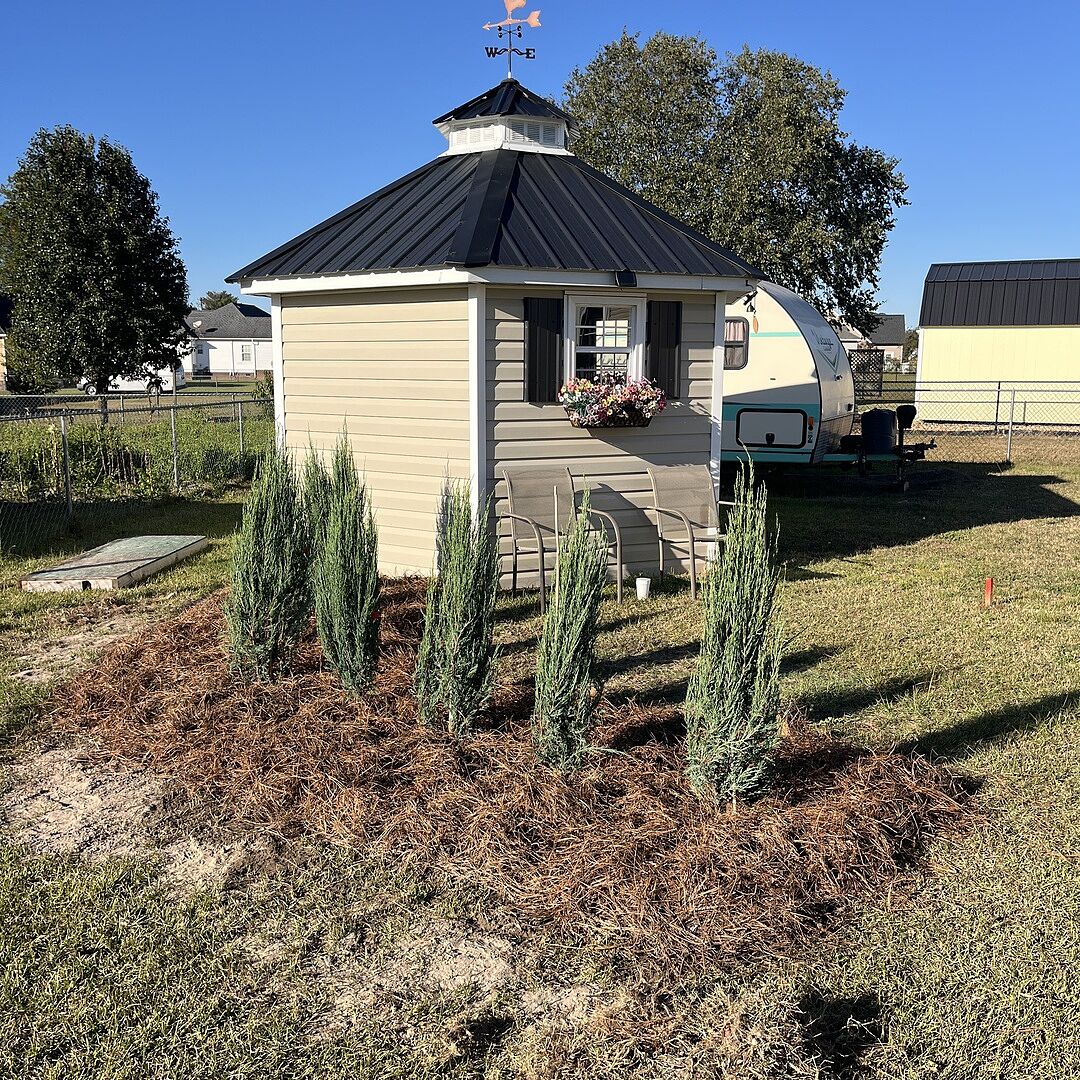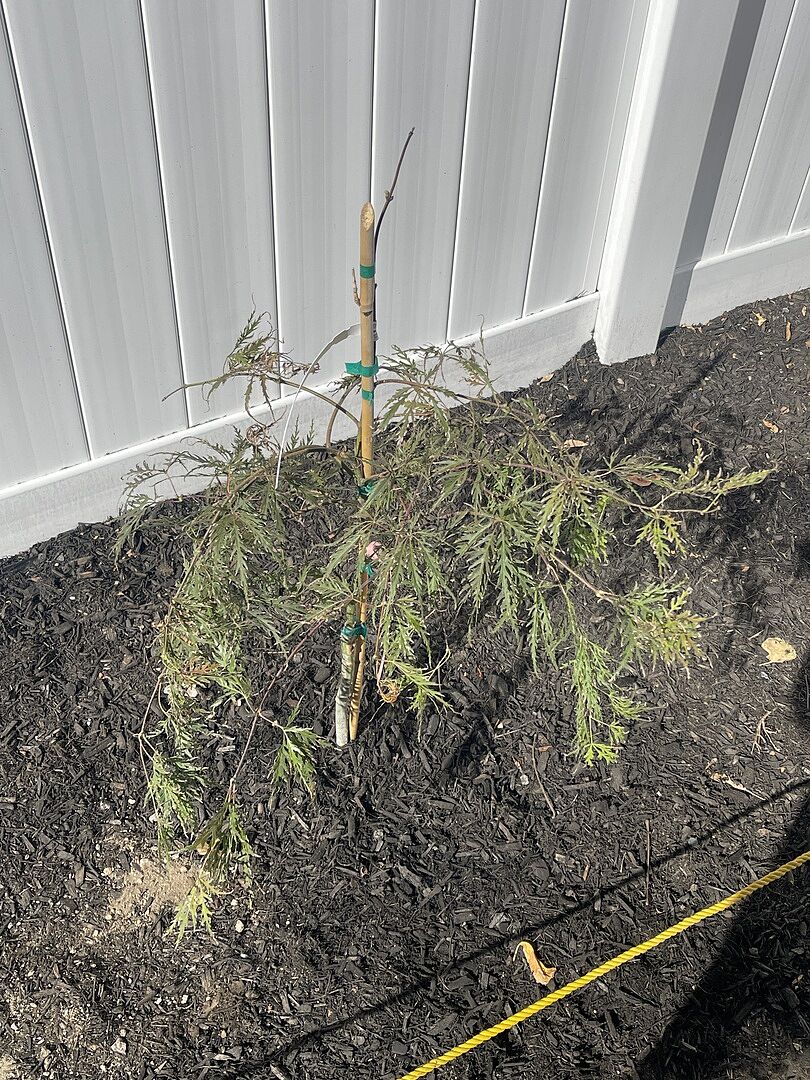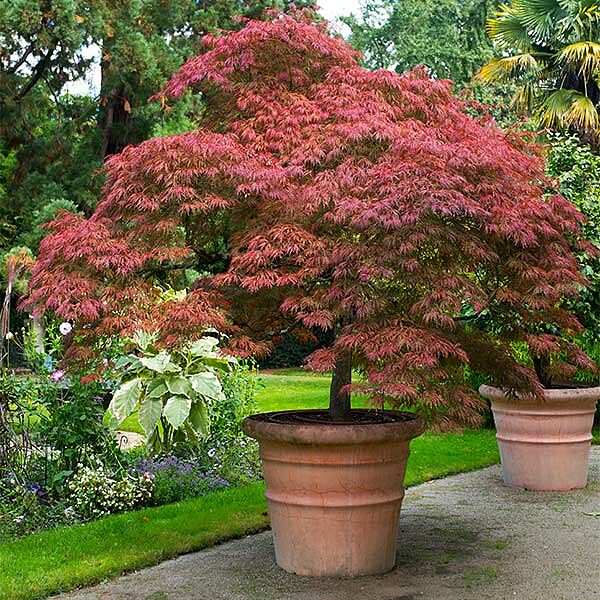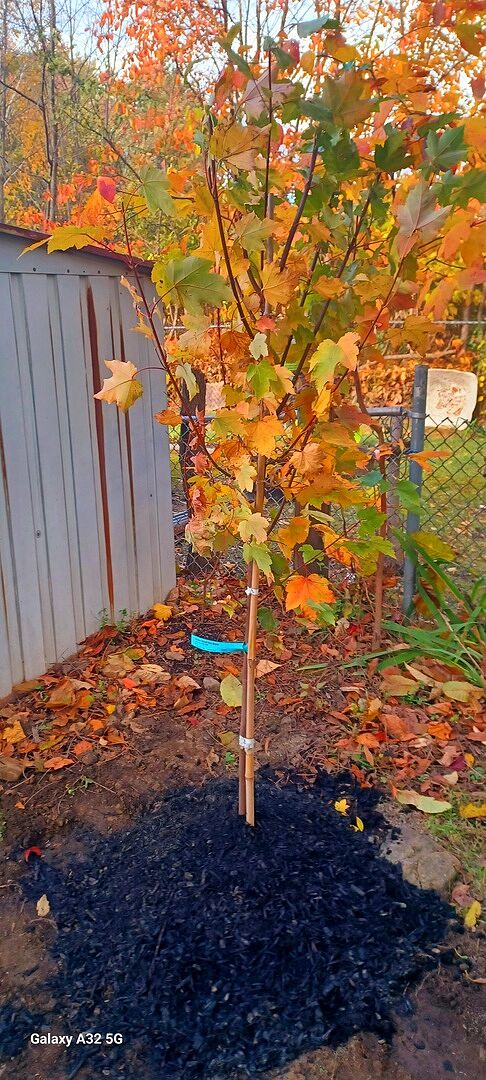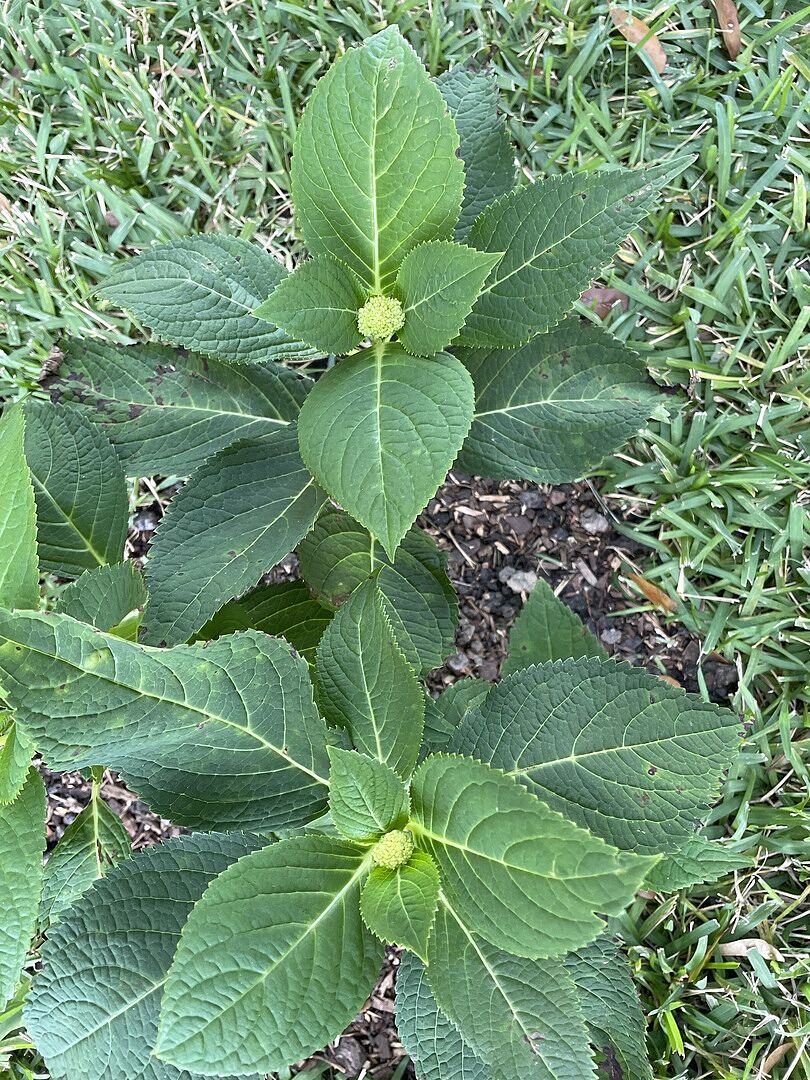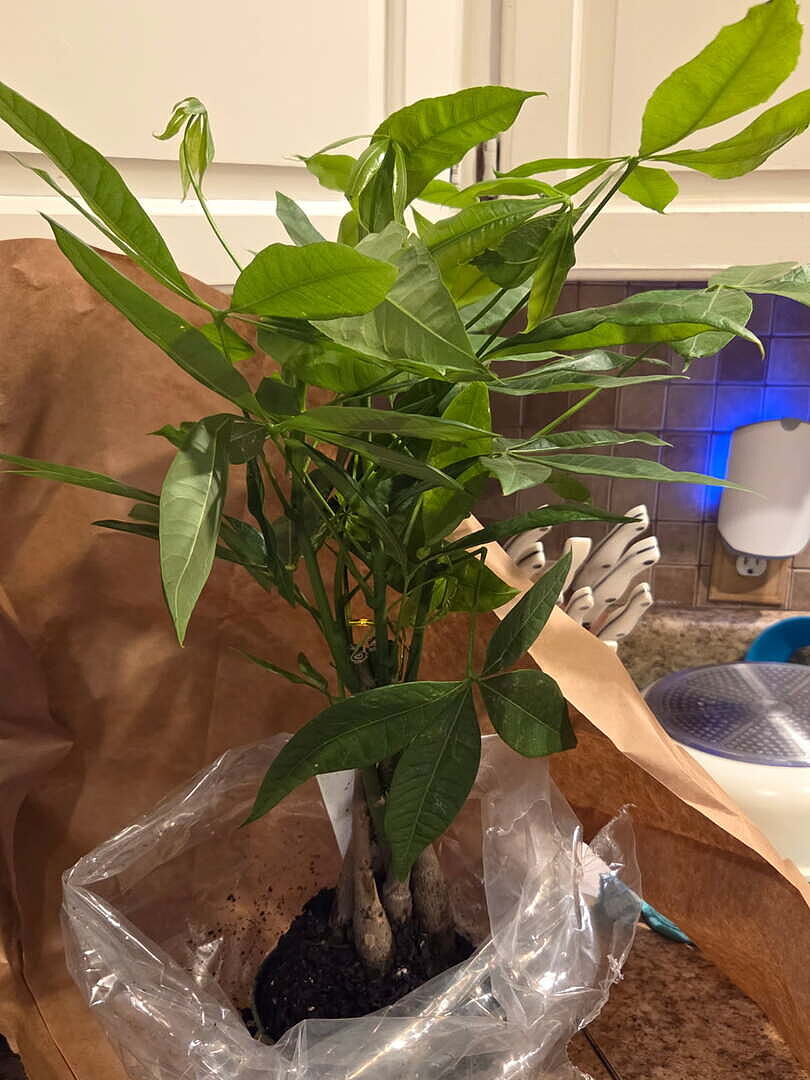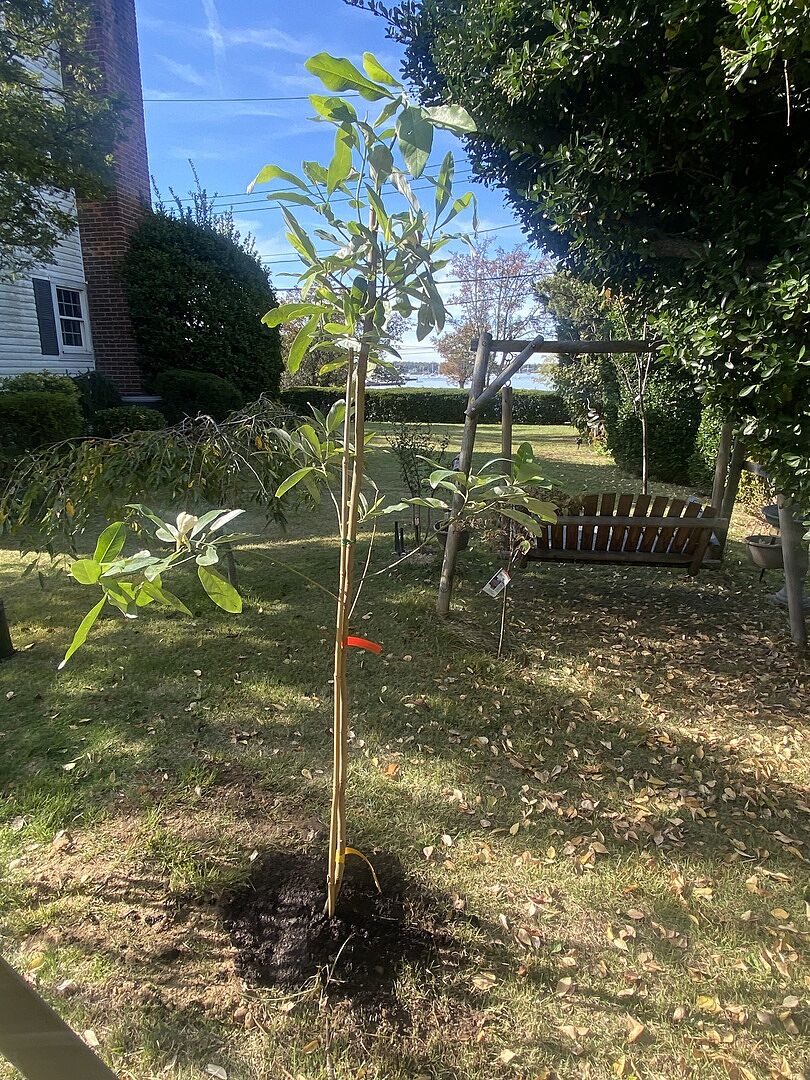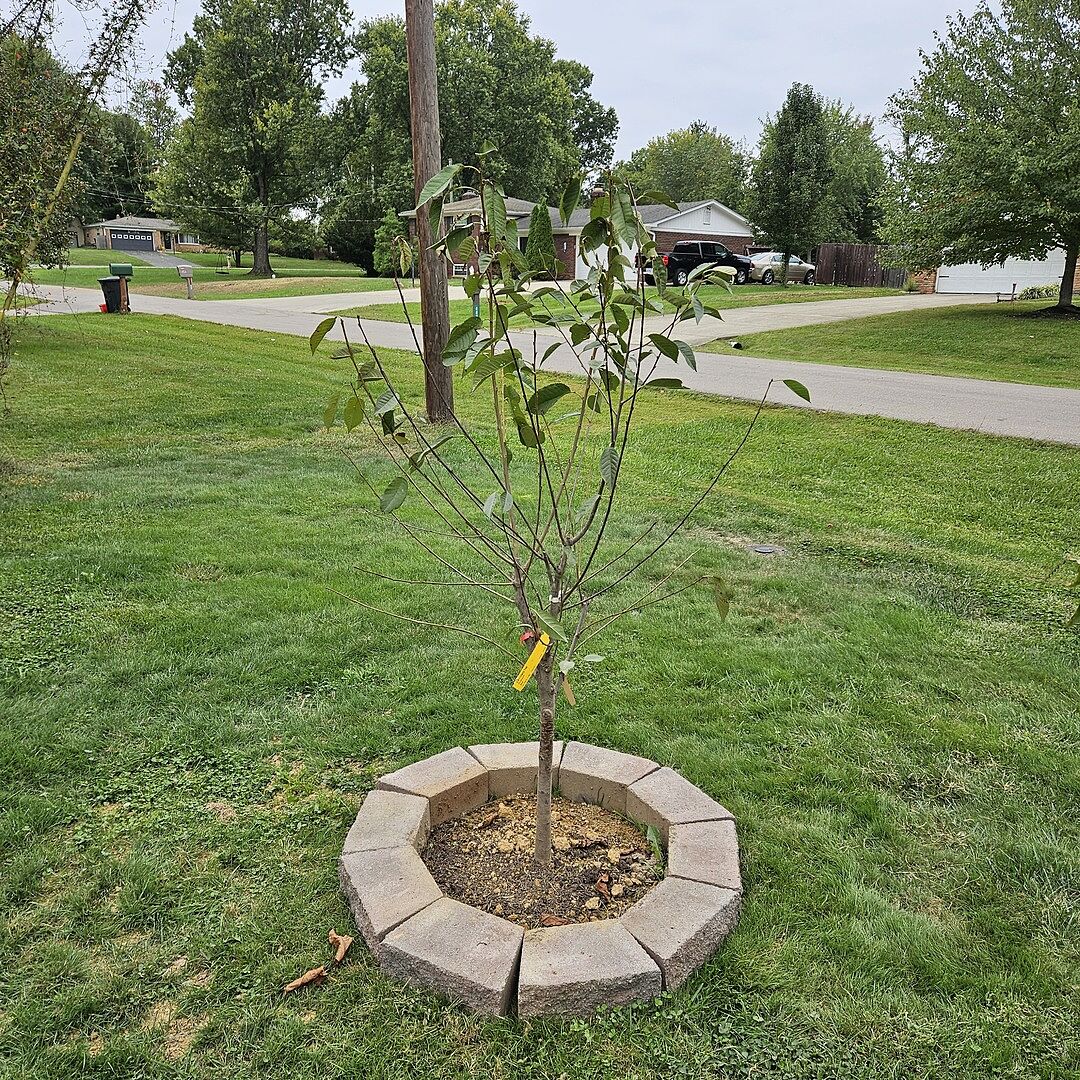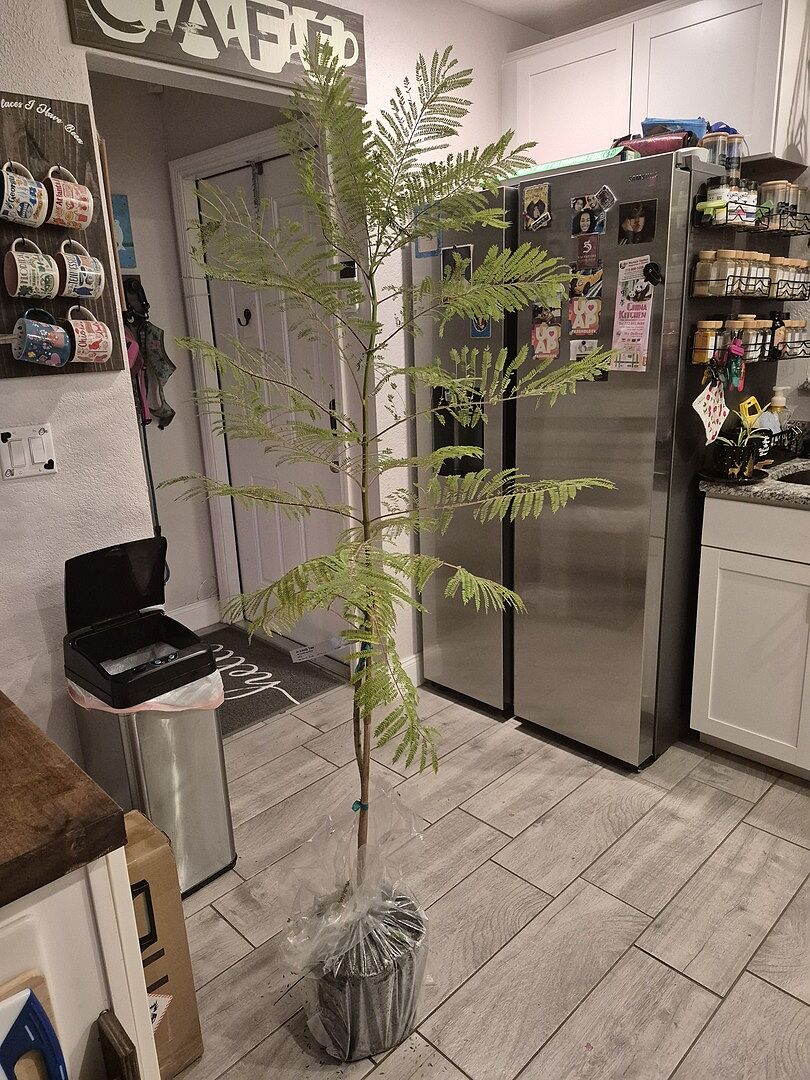Nut Trees
Filters
Only items for my growing zone
Zone -
My Location
Only items for my zoneGrowing Zones
Plant Type
Sunlight
Mature Height
Plant Characteristics
Growth Rate
Pollination
Collection Results

Home-grown, from-scratch snacking.
Harvest your own bounty of delicious, savory and sweet nuts, right from your backyard. With our Nut Trees, the process is simple, especially since our trees arrive at your door ready-to-grow and produce a reliable, large harvest.
What Makes Our Nut Trees the Best?
- With our trees, you can harvest nuts sooner instead of waiting for years.
- Our large variety of Nut Trees, including Filbert Hazelnut Trees, is grown and nurtured before arriving at your door, so you’ll get bigger and better results.
- Fast shipment means that Nut Trees of your own are just a click away.
How to Plant Nut Trees
- When? Spring or fall is the best time to plant your Nut Tree.
- Where? Choose a location with full sun to partial sun and well-draining soil, in a hole large enough to accommodate the entire root ball (though specific instructions may vary).
- How? Place your Nut Tree in a hole big enough to accommodate the entire root system, pack tightly and water. It’s that easy.
How to Prune Nut Trees and More
Because we’ve grafted your tree or grown and nurtured it for best results, you can expect consistency and ease for the life of the tree.
It’s simple – we follow the four Ps: Planting, Pruning, Pollination, and Picking.
- Planting: Choose a sunny area to plant (any area with 4 to 8 hours of sunlight per day), place your Nut Tree in a hole big enough to accommodate its entire root system, pack the soil tightly and water.
- Pruning: Prune your tree during dormancy by removing any suckers or sprouts from the rootstock and downward-growing or broken branches, as well as diseased and damaged areas.
- Pollination: Some of our Nut Trees are self-fertile, but purchasing two or can ensure a larger harvest, longer growing season and more.
- Picking: It depends on your variety - some are ready for harvest when the hulls have split to reveal the fruit or nut inside.






















